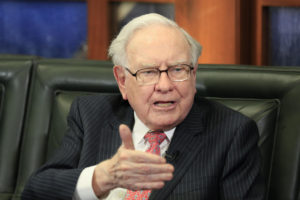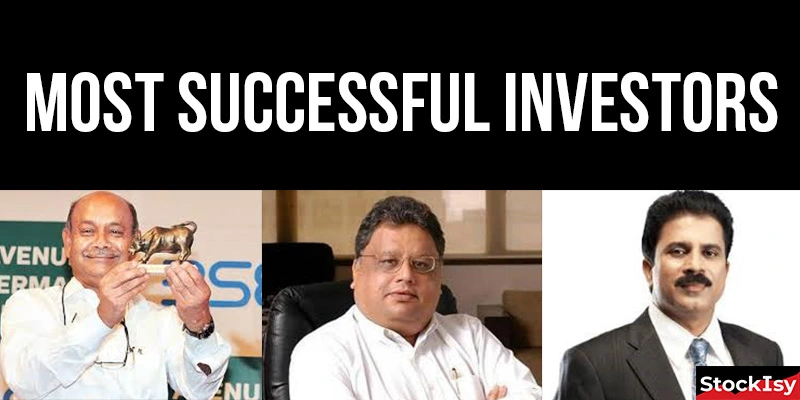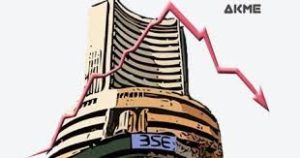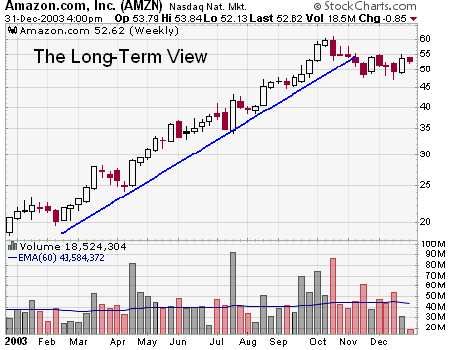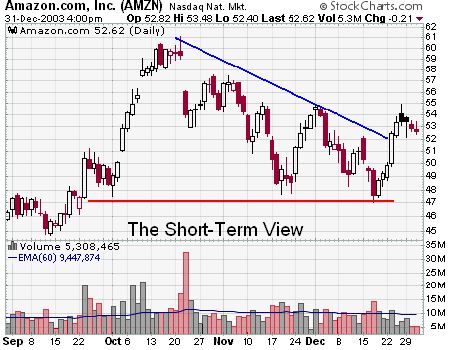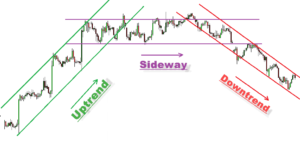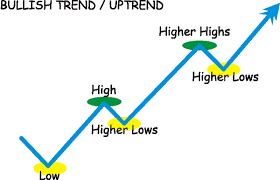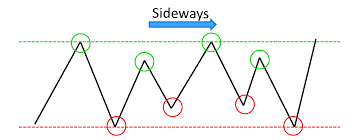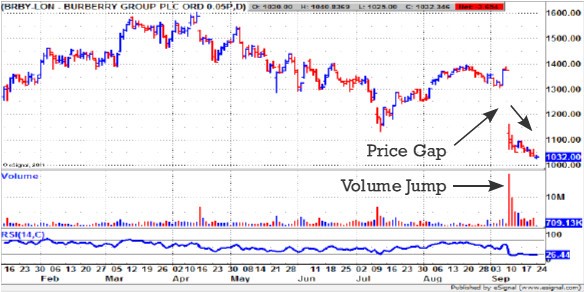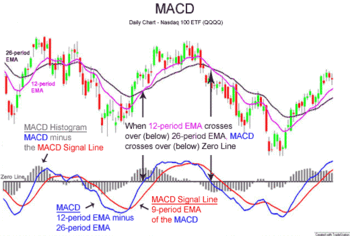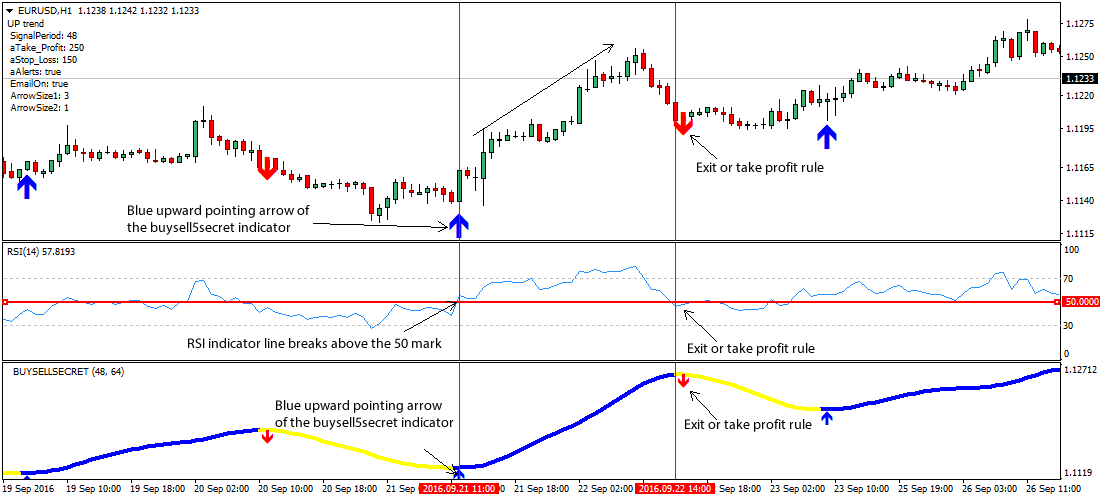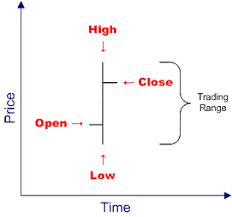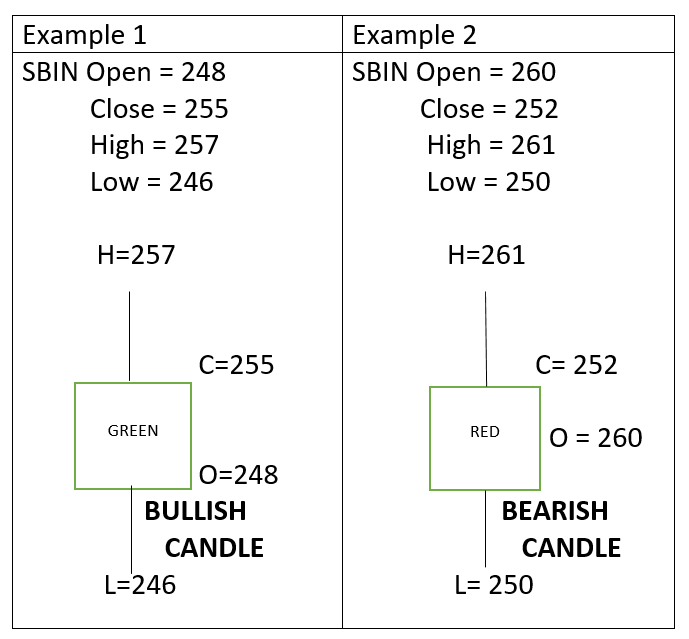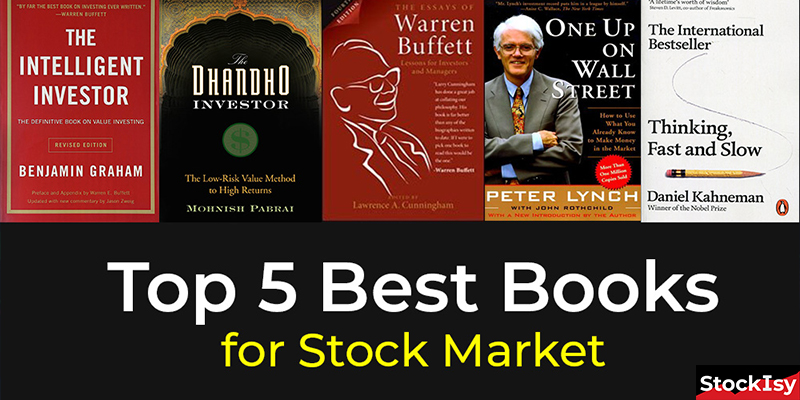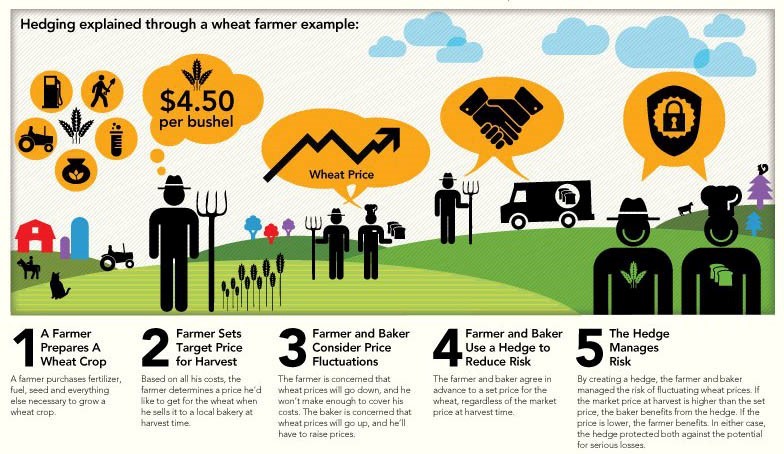
Definition of Budget:
“A budget is a formal statement of estimated income & expenses based on future plans & objectives. In other words, a budget is a document that management makes to estimate the revenues & expenses for an upcoming period based on their goals for the business.”
Meaning of Budget:
“A budget is a financial plan for a defined period, often one year. It may also include planned sales volumes & revenue, resource quantities, costs & expenses, assets, liabilities & cash flows.”
Advantages of Budgeting
- Budgeting provides a systematic & disciplined approach to the solution of problems in the organization.
- However it helps in directing capital & other resources into the most profitable channels.
- Budgeting provides a valuable means of controlling income & expenditure of a business as it is a “Plan for spending”.
- It forces the management to study about the problems relating to the timely implementation. It generates a sense of caution & care among the line manages.
- Budget provides a means of controlling income & expenditure of a business. It gives a plan for spending.
- Budgeting helps in directing both capital & revenue resources in a profitable way.
Responsibility can be easily fixed with the help of budgeting.
- Proper incentive system of wage payment can be introduced with the help of budgeting.
- National economy is improved by providing more employment opportunity, effective utilization of resources & avoiding wastage.
- A systematic & disciplined approach is followed to solve the problems in an organization through budgeters’ control.
- Budgeting encourage competitiveness among employees & provides incentive to those who perform efficiently.
- An efficient & economy in production control is achieved through budgeting.
- Budget provide an excellent record of organizational activities.
- The major strength of budgeting is that it co-ordinate activities across departments.
- Helps in defining strengths & weakness on which the entity can concentrate.
Disadvantages of Budget
- Planning, budgeting or forecasting is not an exact science; it is uses approximations & judgement which may not by per cent accurate. At best a budget is an intimately no one knows precisely what will happen in the future.
- Budget can demotivate employees because of lack of participation. If the budgets are arbitrarily imposed top down, employees will not understand the reason for budgeted expenditures, & will not be committed to them.
- Budget can create competition for resources & politics.
- Budgeting exercise can be at time at very time-consuming exercise. It involves extra manpower to get the estimates as accurate as possible. Especially for a big company with various department, budgeting exercise takes a huge effort. The time consumed may be low in cases where the company uses budgeting software & the employees are well trained. If the company uses zero based budgeting technique, the time, cost & effort involved can be considerably large.
- Budgeting is based on a lot of assumptions in estimating the expenses & revenues. These are generally based on trend & the market scenario prevailing at the time of making the budget. Budgets can also be based on the predictions made for the coming year considering the date available at the time of budgeting.
- Staff may be demotivated, if the targets set are too difficult or too easy to achieve, they are made responsible for something outside their competence or does not identify themselves with targets.
IMAPACT OF 2018 BUDGET ON SHARE MARKET
Union Budget & stock market have a strong relation. To understand the effect of union budget on equity markets it is essential to track the policies that government proposes & its relations to each sector & major stock within that sector. 2018 Union budget is most affected the share market.
The budget has played an important role in share market & the budget has traditionally been an important part of the financial year, with government announcing exactly what it wants to do for the next year, & how it has succeeded grandly at what it said it wanted to do last year.
A budget is the government statement of policy for the next financial year. Budget announcement do affect the stock prices of those company who will be impacted favorably.
Both the major indices in India has scaled record heights, the Sensex has crossed the 36000 mark whereas the nifty 11000 level. Generally, there are negative sentiment & expectations attached to the Budget this investor usually postpones buying decisions before the budgets is tabled.
The B-Day Or Budget Day is proving to be the D-Day for a euphoric market. Jitters building up in the runup to the budget have caused the BSE Senex lose 600 odd points from its record high of 36,443 hit.
That’s what is giving Dalal Street all the scares. Analysts say the continuation of the ongoing bull run in the domestic stocks will depend on FIVE FACTORS in this budget.
LTCG tax:
Long-term capital gains tax is one think that comes to haunt the market before the Union Budget every year. But this time is different. The Sensex gained 6 per cent in January alone. Except for 2017, Sensex has never given this much return in the pre-Budget month in last one decade.
Fear gauge India VIX, though, has spiked all through one month. Market veteran Madhusudhan Kela believes the market so far has not priced in an LTCG tax. Any change in status quo, he believes, could trigger a correction in the market.
As per Section 10(38) of the I-T Act, gains on equity investment beyond 12 months are exempted from taxes if the securities transaction tax (STT) is paid on the sale transaction. In case of non-equity mutual fund schemes, the duration to qualify for LTCG is 36 months. The long-term capital gains tax (LCGT) in this case is 20 per cent after indexation. There are fears that either the LTCG would be levied on equity or the duration will be raised from one to two or three years.
Fiscal deficit:
While there are signs that the government might meet its fiscal deficit target of 3.2 per cent of FY18 due to huge disinvestment receipts and dividends, the FY19 target of 3 per cent looks tough. A fiscal deficit target above 3.2 per cent of GDP in FY19 would be a negative surprise for markets, as it would imply a slower pace of fiscal consolidation, says Nomura India. This could be the result of either higher-than-expected spending or lower-than-expected revenue, if the government goes for cuts in corporate or income-tax rates, along with excise duty cuts on petroleum products.
Revenue & expenditure:
It remains to be seen what the FM’s plans are for FY19: Whether the government would go for improving the quality of spending with a rise in the share of capital expenditure and a gradual moderation in revenue expenditure. Will there be doleouts with an eye on 2019 general elections? Will there be any announcement of a universal basic income transfer scheme on a pilot basis that can add to the future fiscal burden? These are the questions the market will be focusing on.
“In the Gujarat elections, the BJP got very few votes from the hinterland. In that sense, there is a big political need to increase rural spending and in general increase government spending to keep supporting the economy. However, uncertainty around GST revenues and higher oil prices will constrain the government in terms of how much it can spend without deviating from the fiscal consolidation path,” BofA-ML said in a note.
Bank recapitalisation: Banking stocks do have a significant say on the benchmark equity indices. The government has announced a mega recap plan worth some Rs 2.1 lakh crore. But the market did not look much enthused by the recent Rs 88,000 crore recap bond announcement. One headline risk in FY18 is the accounting treatment of the recap bonds issued to the banks, as previous indications from government officials have been that these bonds will only affect debt and not the deficit, noted Nomura India.
Divestment programme:
FY18 will be the first year when the government will be able to hit the divestment target. In his Budget speech on February 1 last year, Jaitley had pegged the divestment target at Rs 72,500 crore, which included Rs 46,500 crore worth of minority stake sales, Rs 15,000 crore worth of strategic sales and Rs 11,000 crore from listing of insurance companies. With total disinvestment proceeding of Rs 54,338 crore so far, the Rs 37,000 crore ONGC-HPCL deal is all set to push the divestment proceeds in FY18 to a record Rs 91,253 crore. Dalal Street veterans believe Finance Minister Arun Jaitley might raise the divestment target for FY19 by 15-20 per cent (over actual target), aggregating close to Rs 90,000 crore.
STOCKS THAT TANKED UP TO 50% ON 2018 BUDGET PAIN:
Finance minister Arun Jaitely Union Budget that seeks to rob Peter to pay Paul appears to have killed all the excitement on dalal street, where the benchmark Equity Indices were climbing new record highs every second day till Thursday.
Select stocks have slumped as much as 50per cent in response to some duty rejig or other sector specific policy decisions announced in the budget.
PC JEWELLER –
Shares of PC Jeweller plunged over 50% in morning trade on Friday, as the broader market nosedived.

JUST DIAL DOWN 17 PER CENT

JAIN IRRIGATION SYSTEM DOWN 16.57 PER CEN

TRIBHOVANDAS BHIMJI ZAVERI DOWN 16.11 PER CENT
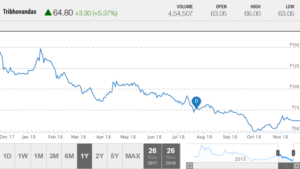
S P APPARELS 14.50 PER CENT

DLF DOWN 14.41 PER CENT

GENUS POWER INFRASTRUCTURE DOWN 10.87 PER CENT



